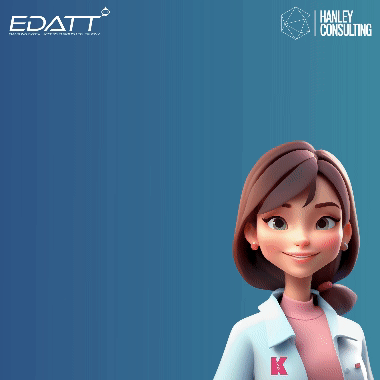On day three of the virtual HETT Show, a late morning panel focused on ‘Emerging Clinical Pathways in Integrated Care’.
Topics on the table ranged from discussions on what it means to have structured data and how this can enable better care and continuity, through to implementing standards.
The session was hosted by Glen Hodgson, Head of Healthcare at GS1 UK. While panellists included:
- Russ Charlesworth, Director of Health and Social Care at SOCITM
- Lisa Emery, Chief Information Officer at The Royal Marsden NHS Foundation Trust
- Irina Bolychevsky, Director of Standards & Interoperability for NHSX
- Dylan Roberts, Chief Digital and Information Officer with Yorkshire Teaching Hospitals NHS Foundation Trust
- Chris Bates, Director of Research and Analytics at TPP.
Irina gave her perspective first, providing transfers of care as a pertinent example. She said: “We have such a diverse, de-centralised ecosystem and a lot of things just don’t really talk to each other.
“And actually, some of the digital capabilities and components do exist but often aren’t well utilised or aren’t yet integrated.
“For example, we have kind of a standard for transfers of care. And yet, in many cases, when someone is transferred from acute to primary care it’s still often a letter or a pdf that perhaps a clinician has to actually type into a system, introducing errors…potentially creating delays.
“And actually, we have ways to move data in a structured way. When I say structured data, really having a clear structure for information and data means that systems can understand where things go.
“We hear all kinds of stories about people showing up in a care home, having been discharged and the care home doesn’t have access to their medications or diagnosis history. And that’s obviously incredibly dangerous.
“And this information actually does exist. So how do we bring the whole ecosystem together to talk to each other?”
“I don’t think it’s all just technology, or just ‘we need more standards’, it’s a whole culture of also working together and bringing digital capability to the corners and actually making sure the things that we have are fit for purpose.
“So, for me, it’s all kind of looking at those user journeys and pathways, and actually redesigning the services in general.”
Asked by Glen, how to make the concept “real at a local level”, Lisa took on the baton by bringing in examples from her experiences at The Royal Marsden.
She explained: “We are a specialist trust…we’re within the south west London STP footprint but actually servicing patients across north west London and beyond…internationally as well.
“The ability to interoperate is part of our bread and butter. Certainly, we know we need to be doing more in terms of…the way that we share data and information with all the trusts and other providers that we work with.
“I think we’ve had a few really obvious examples of that…we served as the London cancer hub early on in the pandemic, where we were taking referrals in from across London and then triaging and making sure treatment was provided to patients.
“It really underlines the importance of being able to readily share data….we did a sterling job but…we need to do more around really putting in place those data standards, the mechanisms for sharing.
On whether COVID-19 had changed the approach or accelerated the work, she added: “I would say broadly it has…what it has done has thrown a lot of our teams into collaborative digital working a lot faster than we probably would have had them.
“What we need to do now is make it part of the DNA, if you like, of how we do things. And I think that’s going to be the challenge of keeping it going.”




